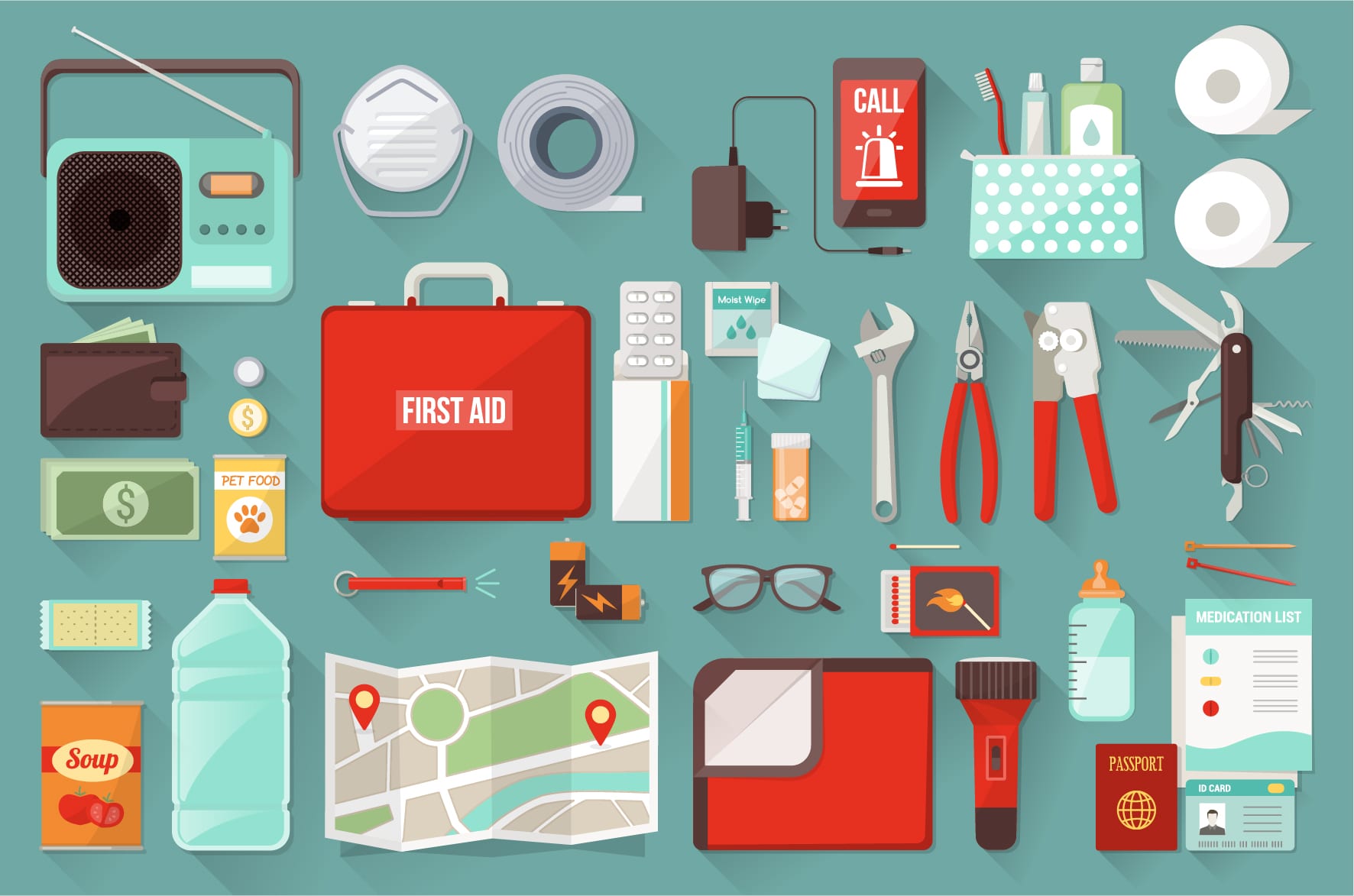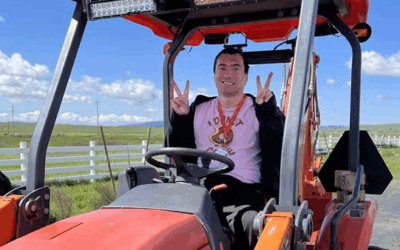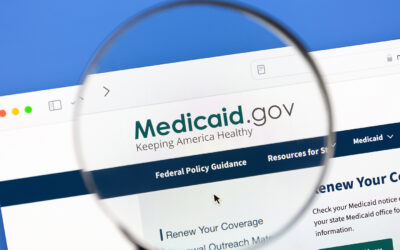
Helpful Tips for National Safety Month
To celebrate National Safety Month, we’ve gathered some important safety tips to help you prepare for every type of situation. Emergencies can happen unexpectedly and cause us to become overwhelmed and disoriented. Follow our tips to ensure you’re prepared for whatever comes next!
Set up an ‘In Case of Emergency’ contact in your cell phone
An in case of emergency (ICE) contact is important for every member of your family to keep in their phones. In the case that someone is unable to provide their information, an ICE contact enables first responders to contact your loved ones and obtain important medical information. (The phone must be charged and unlocked.)
These contacts usually include your contact’s name, their number, and their relationship to you. It’s also important to include information on your current medications, allergies, your physician’s contact information, and medical history (you can add these in the notes section).
How to add an ICE contact to your cell phone
Keep emergency numbers on hand
Having emergency numbers in your cell phone, as well as on paper, will save you time should an emergency arise. Consider adding numbers for the following emergency contacts:
Local police department
We all know to call 911 for emergencies that require immediate action, but do you know the non-emergency number for your neighborhood? Make sure you have this number to report crime issues, like theft, property damage, fraud, etc. Keep the non-emergency numbers for both your residence and place of work, and keep the 911 line free for emergencies.
Local fire department
In the case of a fire, having your local fire department’s number on speed dial can save you time (and give you peace of mind).
Nearby hospitals
Whether your injury is serious or minor, it’s always a good idea to keep phone numbers and locations of nearby hospitals—either in your home town or while traveling—saved where you can find them.
Power company
Keep your power company’s number in your phone to report power outages at home or at work. Many power companies have a 24-hour power outage information center that can update you on the status of an outage and give you an estimated time for when it’ll be restored. (Pro Tip: If you come across a downed line, call 911 before calling the power company.)
Don’t text and drive
It can be tempting to pick up your phone right when it buzzes, but it’s important to resist the urge to check your phone while driving. Checking a text takes your eyes off the road for about five seconds – at 55mph, that’s enough time to travel the length of an entire football field. It doesn’t matter if a friend, family member, coworker, or client contacts you – either wait until you reach your destination or find a safe place to pull over and park your car.
Plan a fire evacuation route
Having a fire evacuation plan for people of all abilities in your home is extremely important. Each family member should be aware of two different ways to escape every room; everyone should also know where your meet-up spot is (choose one location outside of the home that is accessible to people of all mobility types). Use this graph to draw your home’s floor plan and plot your escape routes.
Check out these fire safety resources:
Prepare for an earthquake
Earthquakes strike suddenly and without warning. Secure heavy furniture, light fixtures, and items hanging on walls, like pictures and mirrors. When an earthquake occurs, move away from windows and mirrors as the glass can shatter. Get under sturdy furniture like a heavy table or desk—do not stand under a doorway. In many modern homes, doorways are no stronger than any other part of the house. Plus, tables can protect you from falling objects whereas doorways cannot.
Build a survival kit
Gather the essentials to build a survival kit for each member of your family. (Check out the survival kit items we listed in our National Preparedness Month blog post!) Once you compile the basics—food, water, medication, first aid kit, etc.—add any other items you may need, such as spare glasses and some warm clothes. Keep these kits in an easy-to-access area of your home and consider keeping one in your car and at work, too.
At ESNorCal this month, we’re hosting an organization-wide safety initiative with activities for our staff that promote health and safety. We’re committed to supporting everyone’s wellness by providing safety trainings and tips all year long. Join us in following these safety tips and helping everyone in your community to feel safe and prepared!
More Stories
How to Make Your Holiday Celebrations Inclusive for Everyone
Holidays bring opportunities to spend time with loved ones. Follow these tips to learn how you can make your holiday celebrations inclusive for everyone!
Giving Tuesday: Help Families Soar
Learn about qualifying for Social Security benefits, available to adults who cannot work because of Autism Spectrum Disorder and for parents of children with ASD.




Connect with Us